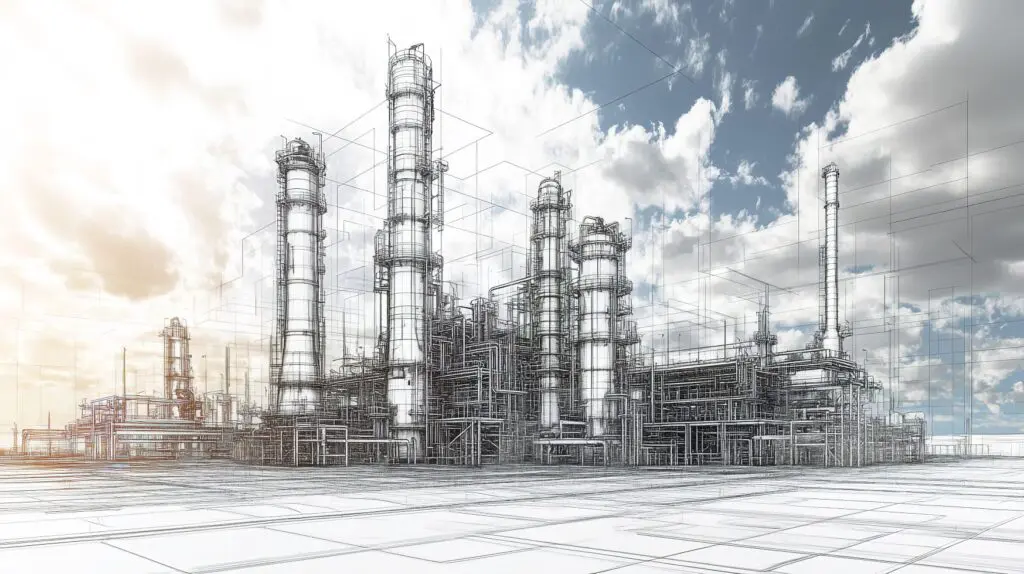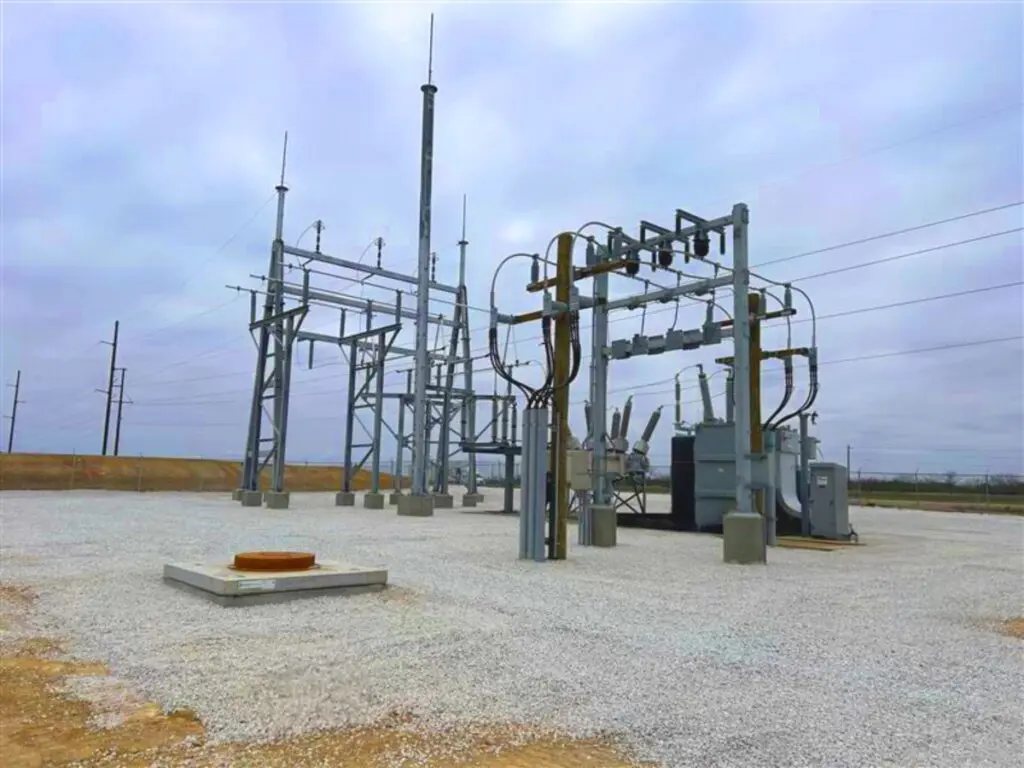

Want to share this article?
Importance of Hazard Identification and Risk Assessment
From exploration to distribution, the processes involved in getting petrochemicals to consumers all have their inherent share of risks.
Identifying feasible well locations poses a variety of environmental risks, particularly in the offshore environment. Construction, production, and maintenance of wells, refineries, and pipelines all involve process and operational risks to workers and the environment. Even distribution to the buyer via vessels, trains, trucks, and pipelines poses dangers to operators. As such, both upstream and downstream markets integrate standardized hazard identification and risk assessment (HIRA) procedures into their risk management plans.
Writing about HIRA in 2013 (PDF), researchers Yaneira E. Saud, Kumar Israni, and Jeremy Goddard said, “The risk management process is a key factor in the success and sustainability of oil and gas facilities and must be ingrained into the entire process life cycle.” As such, hazard identification happens at every major step in order to improve performance and reduce the risk of a major accident. Hazard analysis takes place in the feasibility studies before a project even develops, influencing decisions on project design and construction. Guidelines and standards further influence hazard mitigation in design. And of course, standard operating procedures are also strongly influenced by HIRA procedures.
After hazards are identified, qualitative analysis of the frequency and cost of potentially damaging occurrences is conducted in the form of risk assessment. How likely is an explosion in a given design? What are the potential financial consequences of a vessel collision? What sort of groundwater contamination is to be expected with a particular plant placement? If human, environmental, and structural hazards are at play, oil and gas companies must involve HIRA in their planning and operations. Even safety program development and implementation on rigs, in refineries, and at pipelines depends on hazard analysis to reduce the frequency and potential consequences of accidents.












